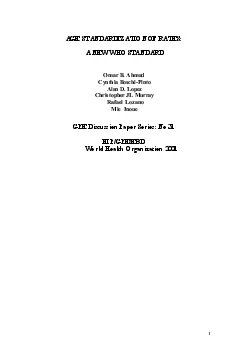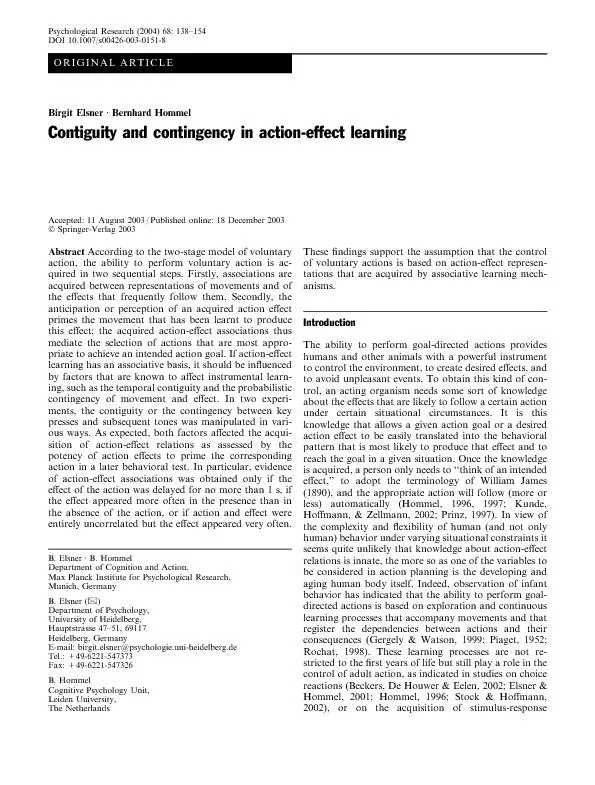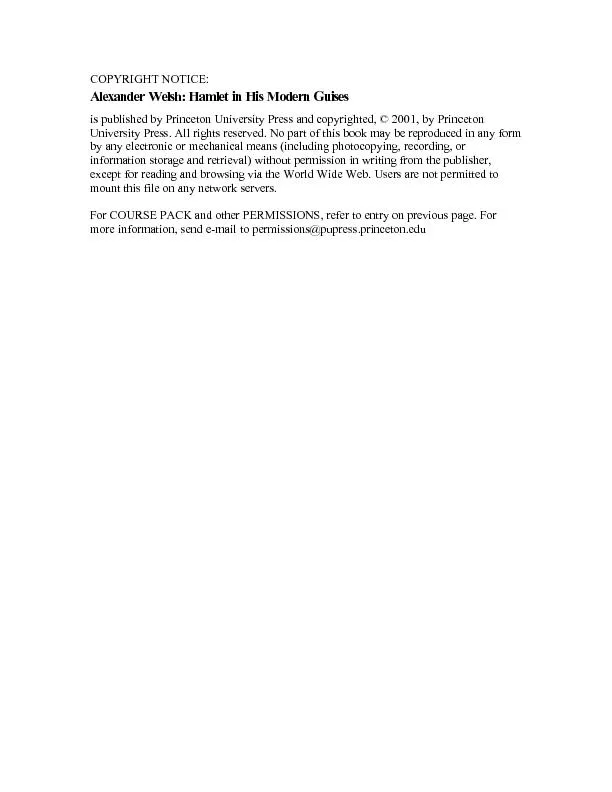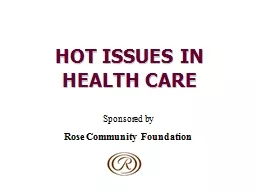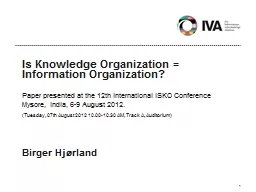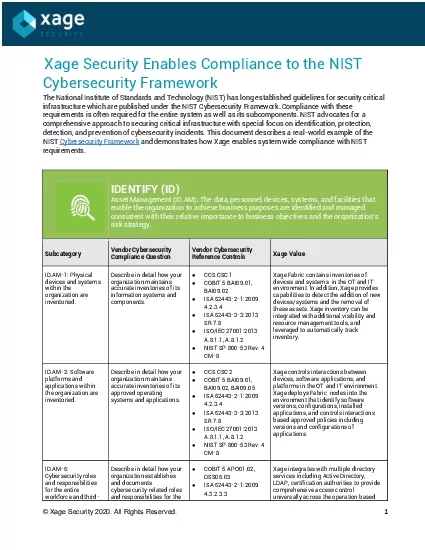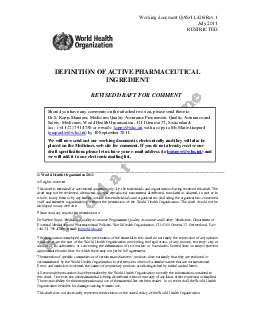PDF-World Health Organization 2001
Author : ani | Published Date : 2021-09-27
2Summary A recent WHO analysis has revealed the need for a new world standard population see declines in agespecific mortality rates among the oldest old and the
Presentation Embed Code
Download Presentation
Download Presentation The PPT/PDF document "World Health Organization 2001" is the property of its rightful owner. Permission is granted to download and print the materials on this website for personal, non-commercial use only, and to display it on your personal computer provided you do not modify the materials and that you retain all copyright notices contained in the materials. By downloading content from our website, you accept the terms of this agreement.
World Health Organization 2001: Transcript
Download Rules Of Document
"World Health Organization 2001"The content belongs to its owner. You may download and print it for personal use, without modification, and keep all copyright notices. By downloading, you agree to these terms.
Related Documents

